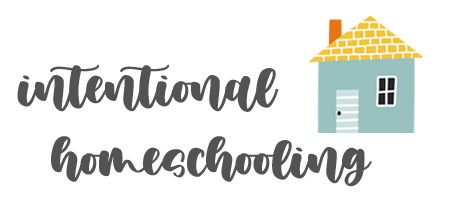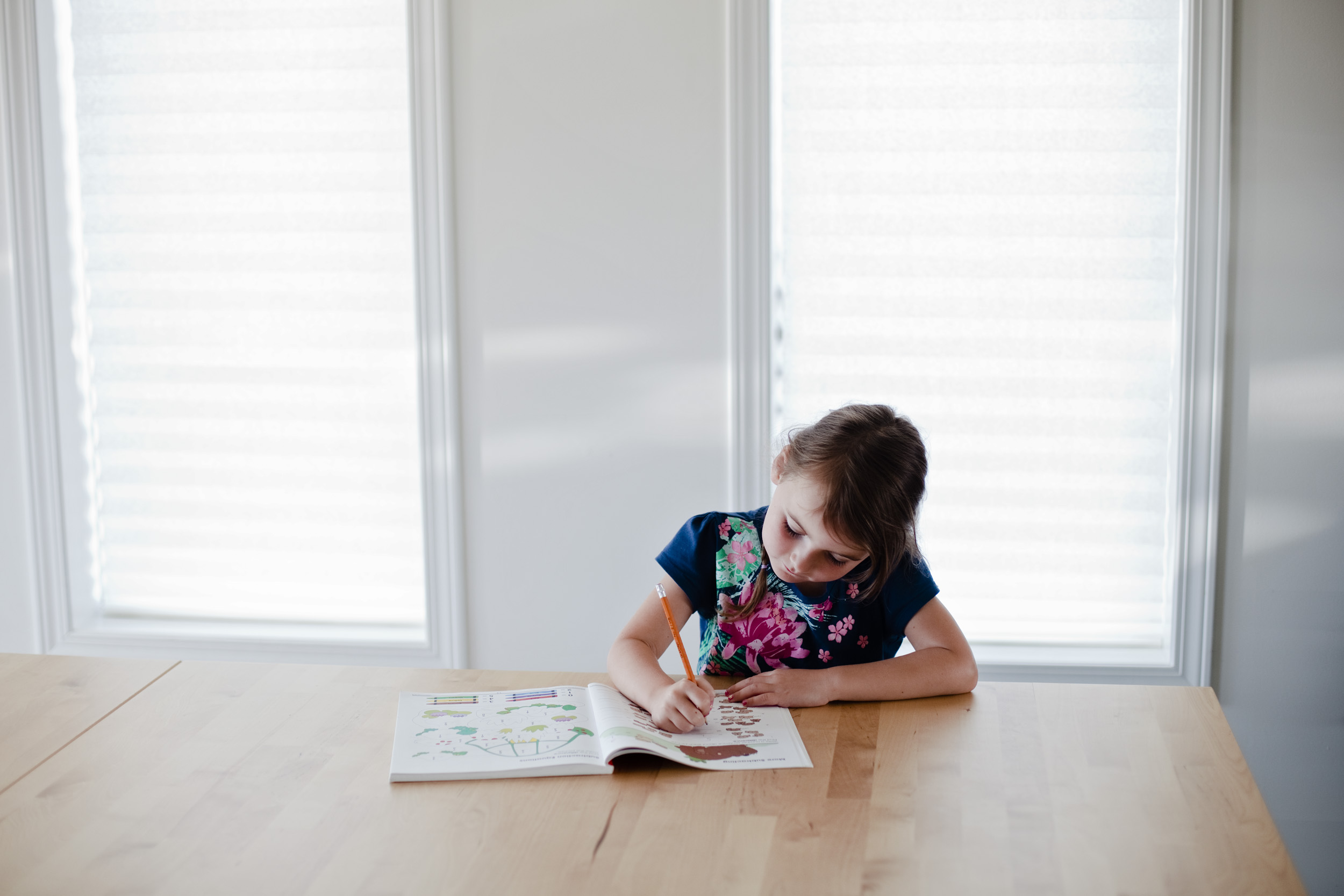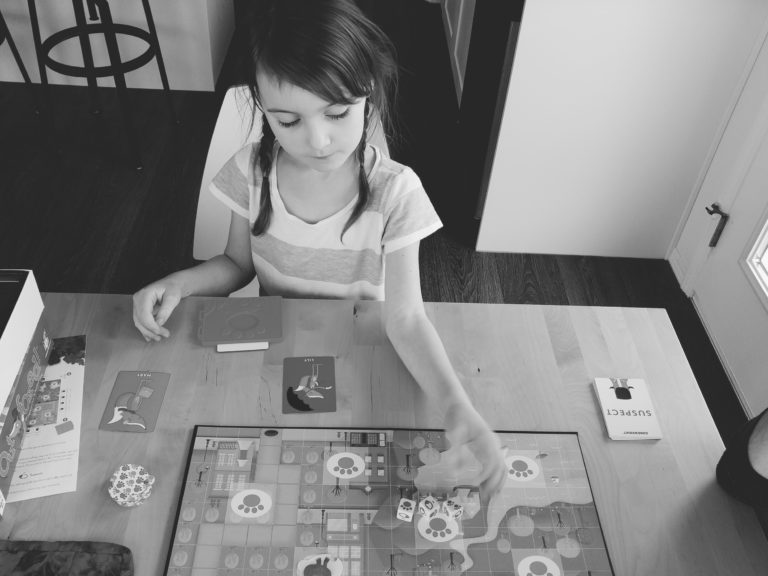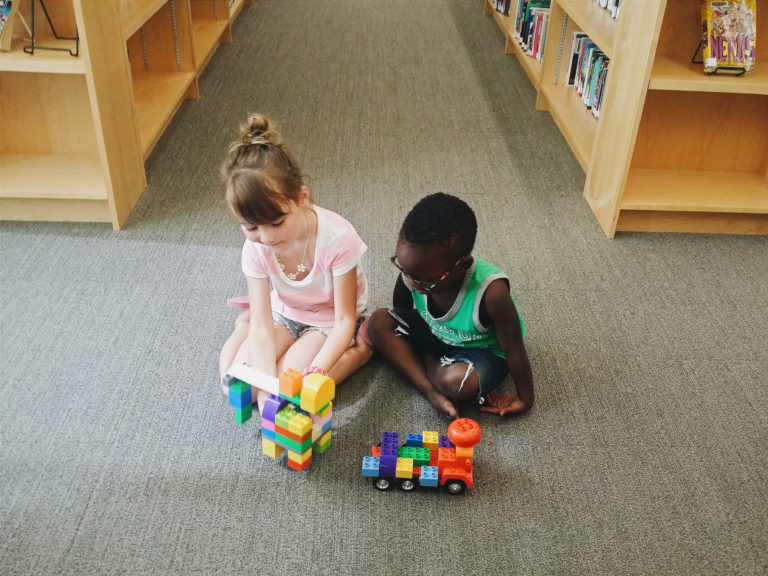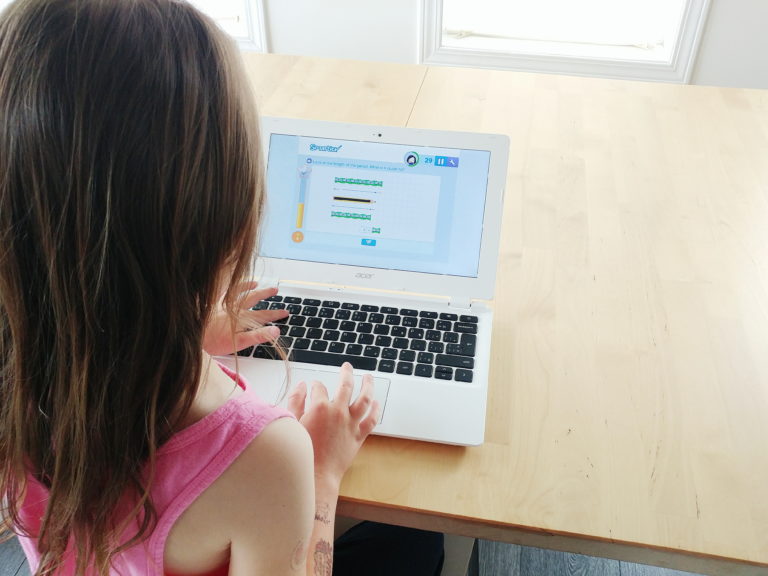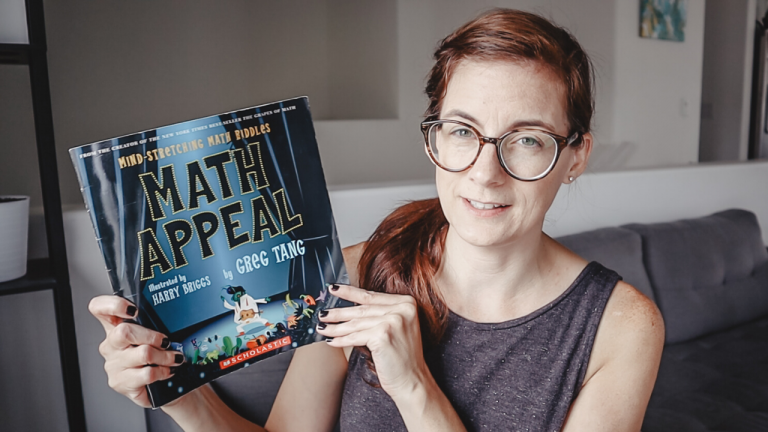Our (Practically Free) Grade 1 Math Curriculum
Over the next few weeks I will be sharing how I am planning our practically free grade one curriculum. Today I’m sharing our math curriculum and following will be:
- Our Free Grade 1 Spanish Curriculum
- Our (Practically Free) Grade 1 Music Curriculum
- Our (Practically Free) Grade 1 Art Curriculum
- Our (Practically Free) Grade 1 Language Arts Curriculum
- Our (Practically Free) Grade 1 History Curriculum
- Our (Practically Free) Grade 1 Science Curriculum
- and also Our (Practically Free) Preschool Curriculum
If you are looking for ways to save money in your homeschool without skimping on education make sure to come back and check out the other posts in the next few weeks!
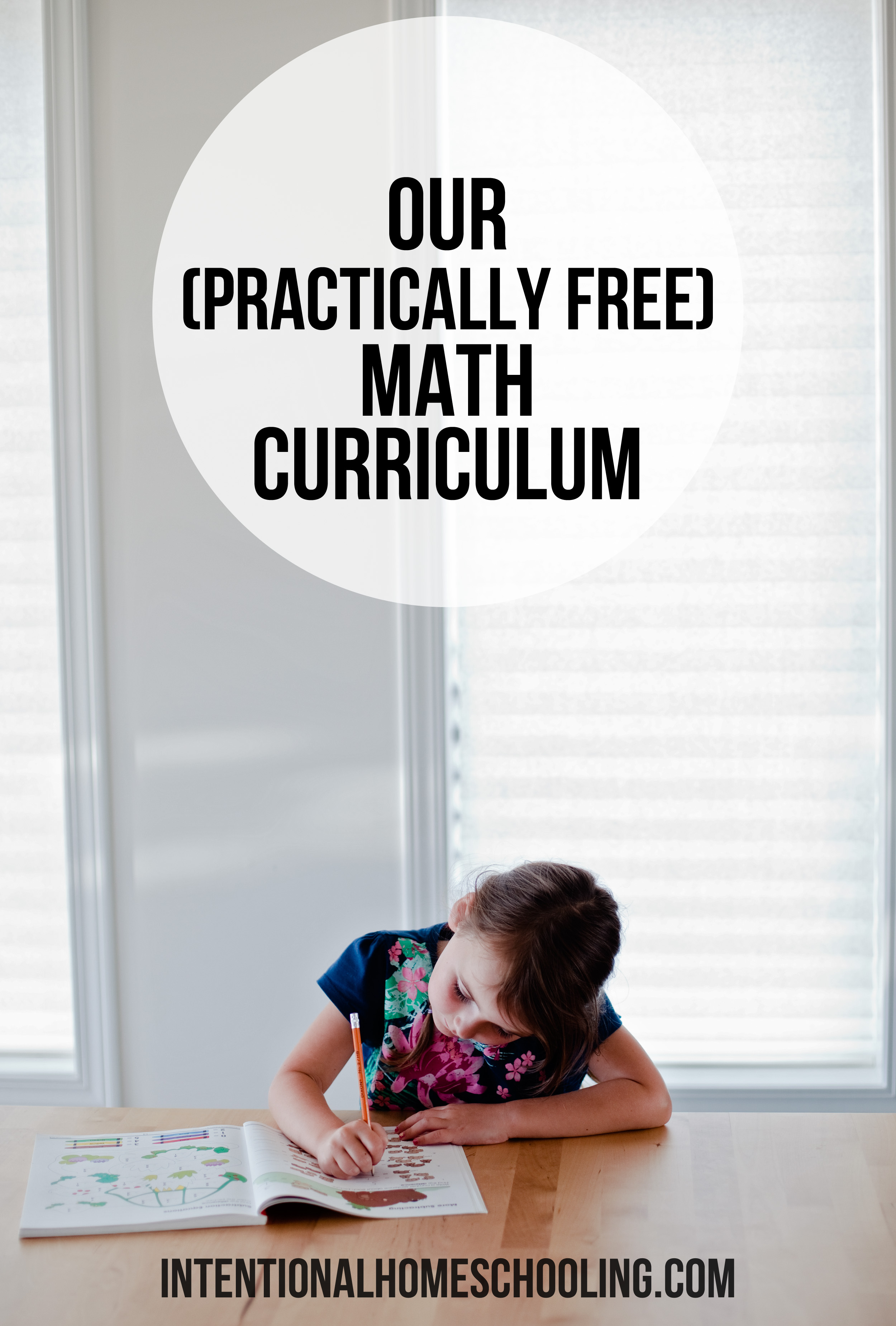
OUR GRADE ONE MATH GOALS
What we plan on covering this year:
- counting by 2’s, 5’s and 10’s
- addition problems up to 20 (using a variety of strategies)
- subtracting problems up to 20 (using a variety of strategies)
- develop an understanding of repeating patterns
- describe and use mental math strategies
- understand and describe equality
- understand the difference between 2-D and 3-D shapes
- demonstrate an understanding of more and less
- demonstrate an understanding of measurement by comparison, ordering objects, etc
- understand place value
- tell and write time
It seems to me that math is something even unschoolers will buy a curriculum for. Even in The Well-Trained Mind, Susan Wise Bauer assumes parents will buy a curriculum. I think so often math can get overwhelming when it doesn’t need to, especially when it comes to the younger elementary years.
[mybooktable book=”well-trained-mind” display=”summary” buybutton_shadowbox=”false”]
OUR $3 GRADE 1
MATH CURRICULUM
Here’s how I plan on running our math program on a grand total of $3:
WORKBOOK
I picked up a cheap 120 page grade 1 math workbook for a couple of dollars that covers the majority of our goals for the year. My daughter is the kind of child that enjoys workbooks and likes to know when she’s “doing school” so this totally works for her, though it would be entirely possible to skip the workbook for kids that are adverse to the idea of them, but this is what works for us now (we’ll see how my son feels when he gets here in a few years).
We will just be covering the topics as they appear in the workbook, the first bit is often review so we cruise through those pages pretty quickly, as new concepts appear I’ll take some time to explain them. We will often be using manipulatives we find around the house; beans for adding and subtracting, real change for the money portion, etc. Additionally we will use a number line from time to time, they are easy enough to make or find a printable one online.
FREE WORKSHEETS AND WEBSITES
If I find her struggling on a concept and needing additional practice, more than the workbook has I will either find some free worksheets online to print off, or, and more likely, we will head over to my favorite free math website, Khan Academy.
I really love Khan Academy, if it were up to me we would probably ditch the workbook and just use the website but for now we’ll do a bit of both, they even have video tutorials so it’s easy for your child to watch the video and then do the practice questions.
I think Khan Academy is a great resource for all children but especially those who don’t enjoy workbooks but do enjoy a chance to use a computer.
READ LIVING MATH BOOKS
There are some great living math books out there these days, they truly help math to come alive for kids. Last week I shared a list with a few different living math books and I’m planning on sharing another one just for grade 1 math in the future.
I find these books make math more approachable and fun for kids.
So, with our workbook, Khan Academy and few manipulatives we can find around our house we are all set for our grade one math year!
I would love to hear how you approach math in your homeschool.
Do you buy a full curriculum?
Do you use Khan Academy?
BOOKS MENTIONED IN THIS POST:

THE WELL TRAINED MIND
The Well-Trained Mind will instruct you, step by step, on how to give your child an academically rigorous, comprehensive education from preschool through high school―one that will train him or her to read, to think, to understand, to be well-rounded and curious about learning. Veteran home educators Susan Wise Bauer and Jessie Wise outline the classical pattern of education called the trivium, which organizes learning around the maturing capacity of the child’s mind and comprises three stages: the elementary school “grammar stage,” when the building blocks of information are absorbed through memorization and rules; the middle school “logic stage,” in which the student begins to think more analytically; and the high-school “rhetoric stage,” where the student learns to write and speak with force and originality. Using this theory as your model, you’ll be able to instruct your child―whether full-time or as a supplement to classroom education―in all levels of reading, writing, history, geography, mathematics, science, foreign languages, rhetoric, logic, art, and music, regardless of your own aptitude in those subjects.
